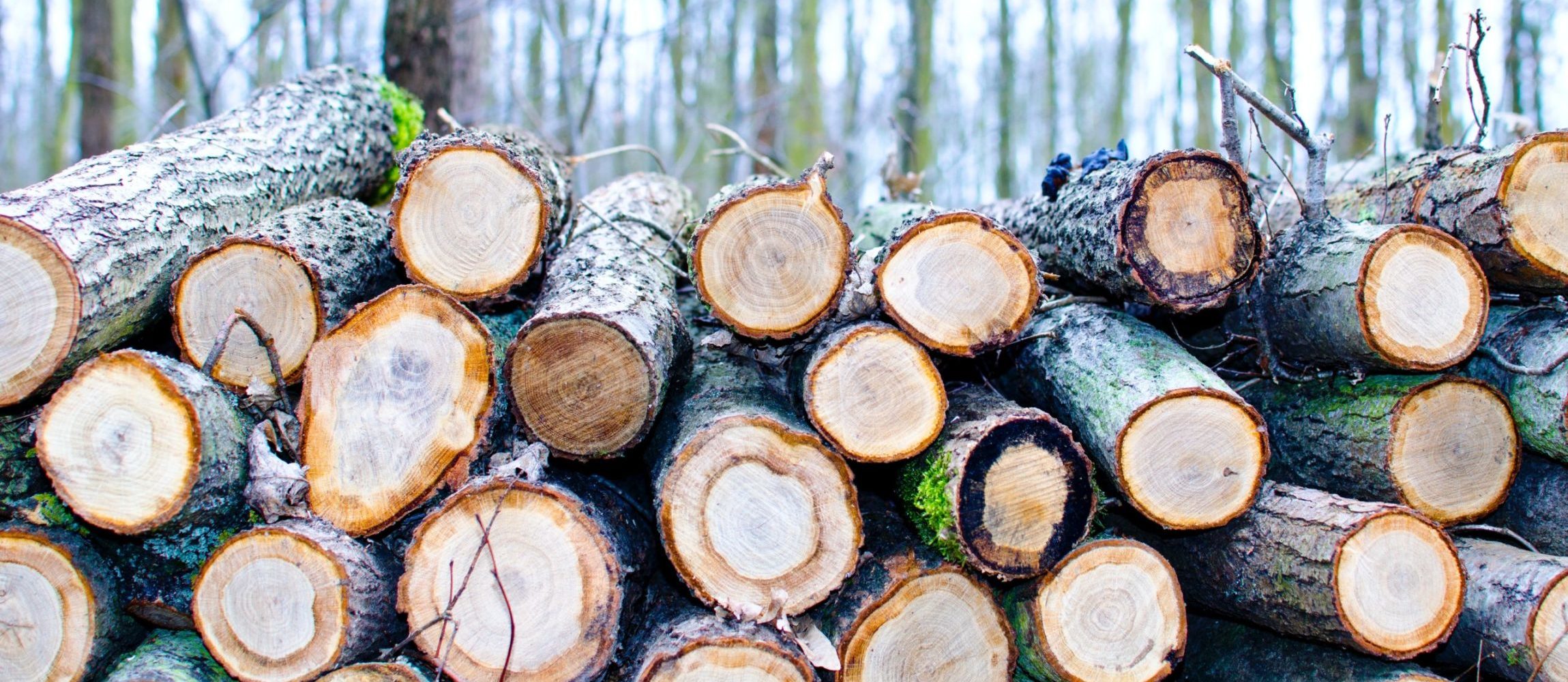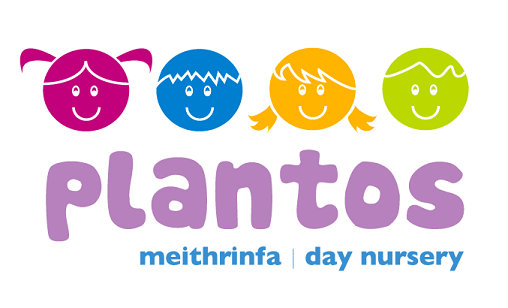
Creating outdoor habitats
When children go bug hunting, many often want to create homes for minibeasts. Any measures which improve the biodiversity of an outdoor space help. Creating a range of habitats will help attract creatures into the grounds. Below are some very simple ideas for you as parents if you are unsure about where to begin. At Plantos Nursery, we are currently working on a few of the following ideas with the children helping and being super hands-on!
1. Create a leaf pile.
If you have a quiet corner where the wind doesn’t reach, then an undisturbed pile of leaves can become a home for harvestmen, beetles, mites and other creatures. Ideally, you will eventually have layers that mimic a woodland floor. The top layer is the litter horizon. The leaves should be recognisable. Below this is a second layer where the leaves begin to break down. This is known as the fermenting layer. The leaves will be more compressed and many will be beginning to rot. The third layer, or horizon is the humus. This is dark brown or black as the leaves have completely rotted down. Gardeners often create leaf mould by piling leaves into a mound that is surrounded by chicken wire to hold the leaves in. This is a useful form of compost once it is properly broken down.
2. Create a rock or stone pile
Rock or stone piles can be created in different places to attract a wide diversity of creatures. If possible, dig a shallow pit and put some large slabs over it so that shelter is available for amphibians such as toads. A range of sizes of rocks can be helpful. Bear in mind, children’s curiosity will mean that they will want to lift up stones and have a look. So place bigger ones in the centre of the pile out of children’s reach. Leave smaller ones around the outside that children can lift and explore. Minibeasts such as some types of spiders like drier home so seek stones higher up and cracks in walls.
3. Experiment with brash
Small branches, cones and other fallen offerings from native trees will also provide useful homes and habitats for creatures as they rot down. I used to keep a small pile of such material near my compost bin which could not be composted but provided another home for minibeasts.
4. Lay out carpet tiles
One or two carpet tile laid over damp soil can be very attractive for some soil dwellers who like the dark and damp. It is also easy for children to lift up and look.
5. Grow a wildflower mini meadow
There are many native seed mixes available from garden centres and wildlife organisations. A raised bed or patch of bare ground in the open will quickly produce a heap of flowers over the summer months. Plantlife is a helpful organisation for practical advice especially if you want to create a big meadow. Bear in mind, that proper wildflower meadows need specific cutting regimes so consider how you will manage this, helps.
6. Log piles. The more the merrier.
Don’t forget to encourage children to label their minibeast habitats so that others realise they are intentional features. Remember to re-visit and enjoy the discovery of new creatures moving in! and most importantly, please share your photos with us.

